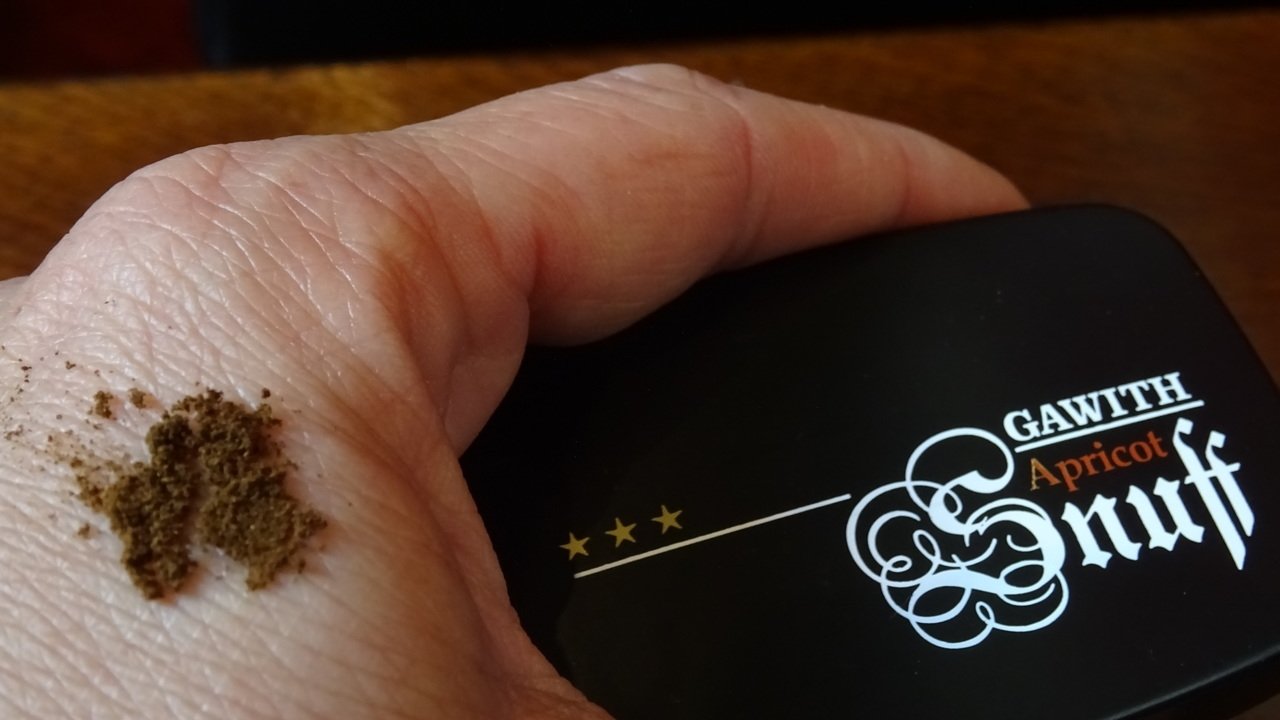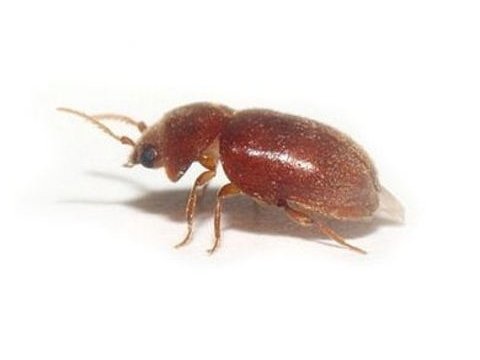Snuff Instead of Smoking

Besides cigars, cigarettes, or pipe enjoyment, there is another form of tobacco use that also has a centuries-old tradition and can offer benefits to both the environment and others. The use of snuff tobacco comes without the smoke often perceived as bothersome. However, it's essential to consider the potential health effects of snuff tobacco side effects.
Snuff Tobacco – The Smoke-Free Alternative
This form of tobacco consumption has been known in our regions for over 500 years, and its actual history likely dates back even further. Unlike other forms of smoking, the tobacco is absorbed through the nasal mucosa, where nicotine takes effect. To avoid pain from too forceful inhalation, snuff should be consumed slowly and carefully through the nose. As always, enjoyment comes before speed.
Origin and History
As early as the late 15th century, this form of tobacco consumption was mentioned in the reports of the monk Romano Pane in the area of present-day Dominican Republic. In 1561, tobacco made its way to Europe. The first European snuff factory was founded in 1677: The royal tobacco factory in Seville quickly grew into an important industrial factor, producing up to 1000 tons per year at its peak in the mid-19th century—an amount unmatched by other colonial goods.

In Germany, snuff was initially sold only through pharmacies, but in 1733, the first German snuff factory, the "Fürstlich Isenburg Privileged Snuff Factory," was established in Offenbach. The company still operates today.
The heyday of snuff came to an end in the 19th century with the rise of other tobacco products, primarily cigarettes. However, snuff retained a loyal following among tobacco enthusiasts. In recent years, smoke-free enjoyment has been gaining more followers, likely due to the spread of smoking bans—and because the pleasure of tobacco and its diversity of flavors will always find a place.
From Schmalzer to Snuff
Originally, tobacco was rolled into large, firm "tobacco carrots," which got their name from their distinctive shape. The tobacco was sauced, flavored, and then "cold" fermented. The storage period lasted several years, sometimes up to ten or more, before being processed into powder. Although this method is now rare, tobacco carrots still exist today.
In southern Germany, Austria, and Switzerland, "Schmalzer" maintains a stable place in the snuff market. The tobacco is braided into long strands called "Manchotes" and mainly consists of Brazilian tobaccos. After the ripening process, it is sauced and double-fermented in wooden barrels. Schmalzer has an earthy, spicy flavor, typically without additional flavorings.
Today, the most common way to produce snuff is through the "snuff" method. Initially, this tobacco also ripened in wooden barrels, a process still partly used in snuff production. Typically, snuff is made using a faster process: the fermented tobacco is processed into powder or flour and then sauced, with storage lasting only a few weeks and without re-fermentation. Snuff production primarily uses light Virginia tobaccos, which can be flavored as needed. Menthol flavors are especially popular, but eucalyptus, fruit, and coffee flavors are also common.
Tobacco for Snuffing – Enjoying It “Properly”
There is, of course, no "proper" way to enjoy this type of tobacco. Over the centuries, various curious devices were invented to deliver tobacco to the nose, with tobacco catapults enjoying brief popularity. However, two main methods have endured to ensure the best possible tobacco enjoyment.
-
Sniffing from the Hand Back:
The most widespread method is sniffing snuff from the back of the hand: Form your left hand into a fist and place a small pile of snuff on the back of your hand, keeping the surface as level as possible, for example by spreading your thumb and little finger. Then, hold the back of your hand just below your nose and slowly inhale the snuff. Speed is key: inhaling too quickly can irritate the nasal mucosa, causing a sneezing or burning sensation. - Sniffing from the Fingertips:
The second popular way to consume snuff is the "English" method, using fingertips. Pinch a pinch of snuff between your thumb and forefinger, guiding it directly to the nose. Here, too, avoid fast inhalation and hasty movements.
Snuff and Cigarettes: Are Their Effects Comparable?
Like cigarettes, snuff also contains nicotine. Therefore, addiction due to snuff consumption cannot be ruled out. Another factor that makes snuff effects comparable to those of cigarettes is the increased release of neurotransmitters like serotonin and dopamine, directly affecting the central nervous system. Snuff's long-term effects are also evident in this way. Through the nasal mucosa, nicotine enters the bloodstream and reaches the brain. In this regard, snuff effects are similar to cigarette effects.
Health Considerations with Snuff
Compared to smoking, consuming snuff has advantages. For one, others are spared from smoke, eliminating passive smoking. The snuff user also avoids exposure to combustion products like tar or benzene. The World Health Organization (WHO) confirms that snuff consumption alone does not increase cancer risk. Nonetheless, this type of tobacco should also be enjoyed in moderation. With excessive use, the nasal mucosa may not fully absorb the nicotine, causing it to reach the bloodstream too quickly via the stomach and intestines, potentially leading to a nicotine shock. Thus, in health terms as well, snuff is a tobacco product to be enjoyed responsibly.
Why Snuff is Harmful
The following three reasons highlight why snuff is not without health consequences:
-
The nicotine in snuff directly impacts brain metabolism, leading to rapid physical dependence.
-
Snuff consumption strains the nasal mucosa. Prolonged use intensifies the long-term effects on the mucosa, causing frequent nasal congestion and making it more susceptible to inflammation.
-
Snuff introduces toxic chemicals into the body through the nose, including heavy metals, hydrocarbons, and nitrosamines.






